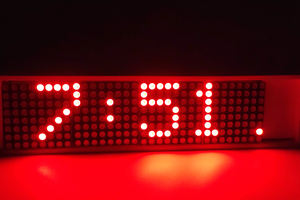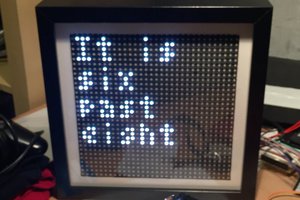Display Video:
A brief discussion of the major functions are as below:
Lap Counter
The idea behind building a lap counter was to overcome the the absence of any lap information to the driver in a race (display boards far away from race track). The lap counter is designed in such a way that it requires no prior information of the race track and builds its data during the race. It uses GPS to track location and increments the lap counter after each entry to the initial start point.
Speedometer and Odometer
One of the essential parameters to the driver is the current speed of the vehicle and it is calculated using distance and time measurements from the GPS. Along with speed measurements, total distance traveled is also calculated using distance measurements between two GPS points and all the data is stored in an SD card module as well as updated in a Google spreadsheet.
Clock
An on board clock acts as a reminder to the driver for time left till race end, refueling plans and maintenance checks.
Metalic pull-button
Metallic push-buttons provides with easy change between display options and as a turn on switch for the system and adds to the final appearance of the system.
NodeMCU
NodeMCU uploads and updates the Google Spreadsheet and makes the project go all IOT! Implementing the NodeMCU to upload data to the spreadsheet is the trickiest part. Here's a good tutorial to how to do it by Stephen Borsay.
To further link the spreadsheet to Google Fusion table and have the location points displayed over the map. Follow the steps in the tutorial below:
Shown below is a graphic representation and comparison of data for different laps to analyze performance, optimize fueling and maintenance timings (using Python).




